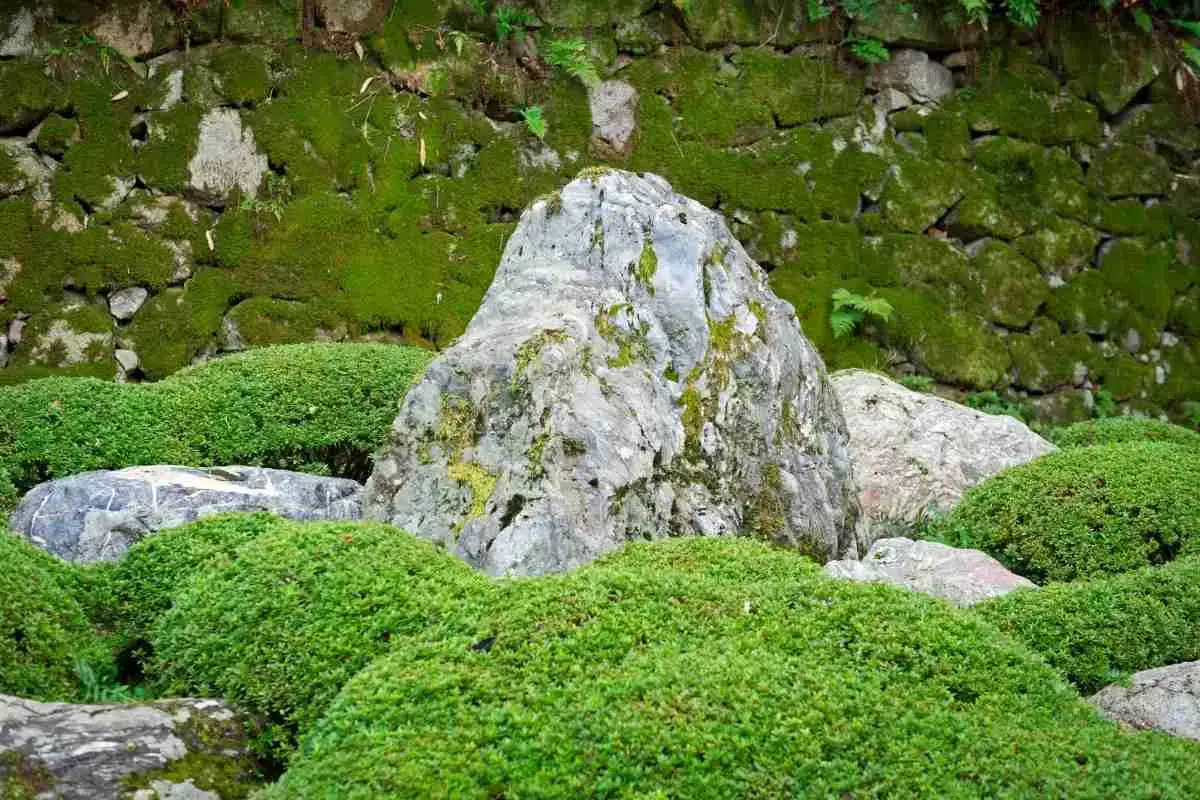
7 Peat Moss Spreaders: Perfect To Use On Lawns
Read more
Can Moss Grow Underwater? List & Benefits
Read more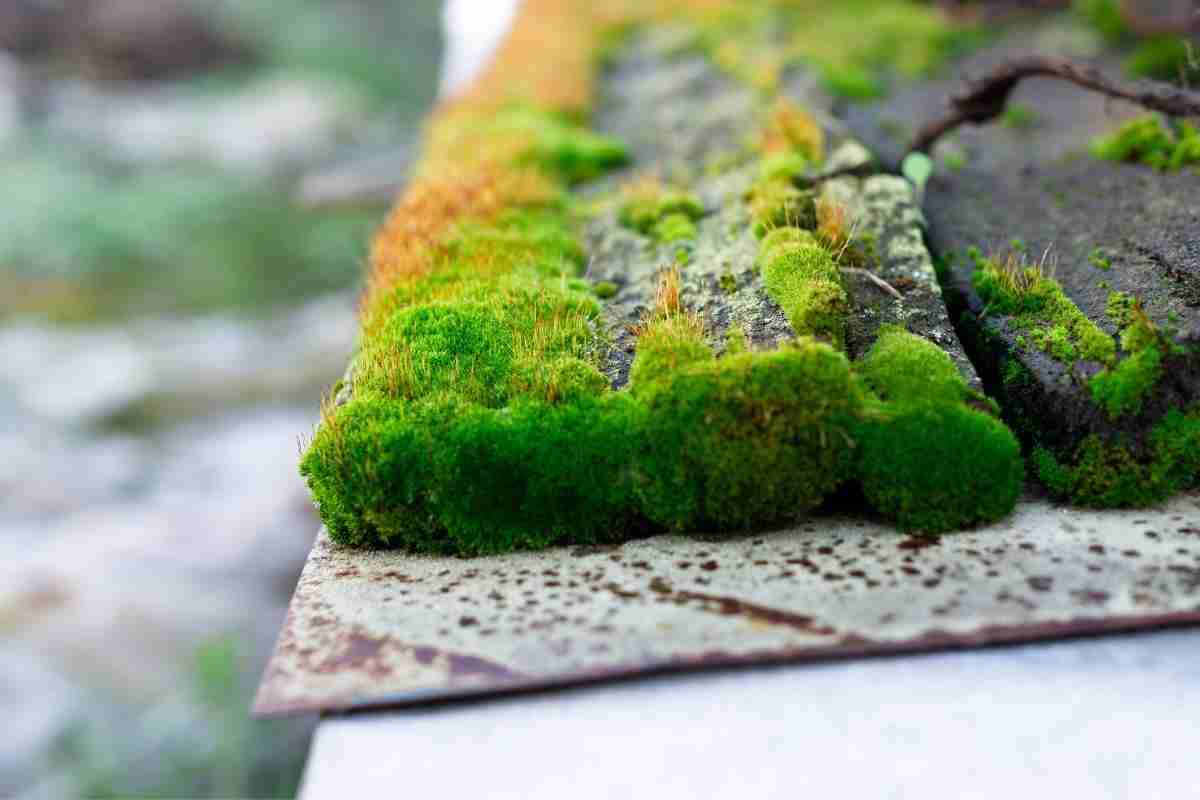
How To Grow Moss On Wood? In 6 Easy Steps!
Read more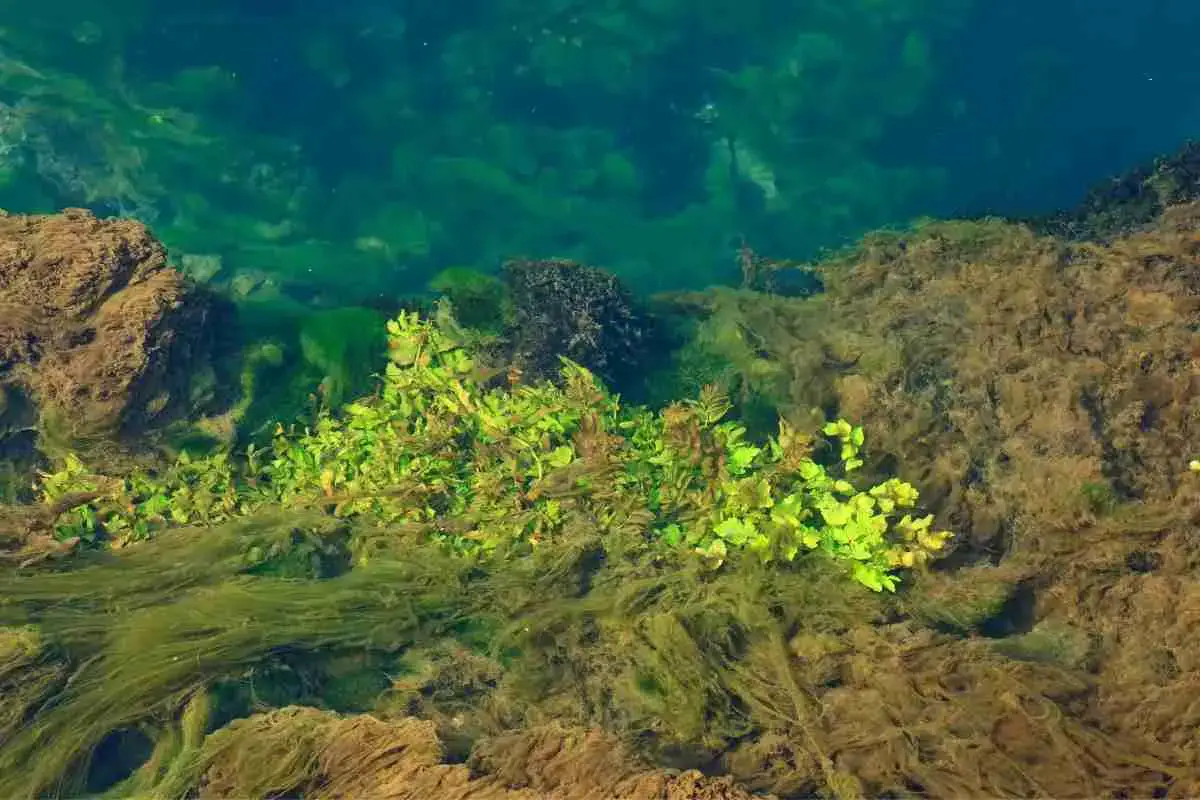
Is Algae A Producer of the Future? Understanding Its Role in Energy and Food Production
Read more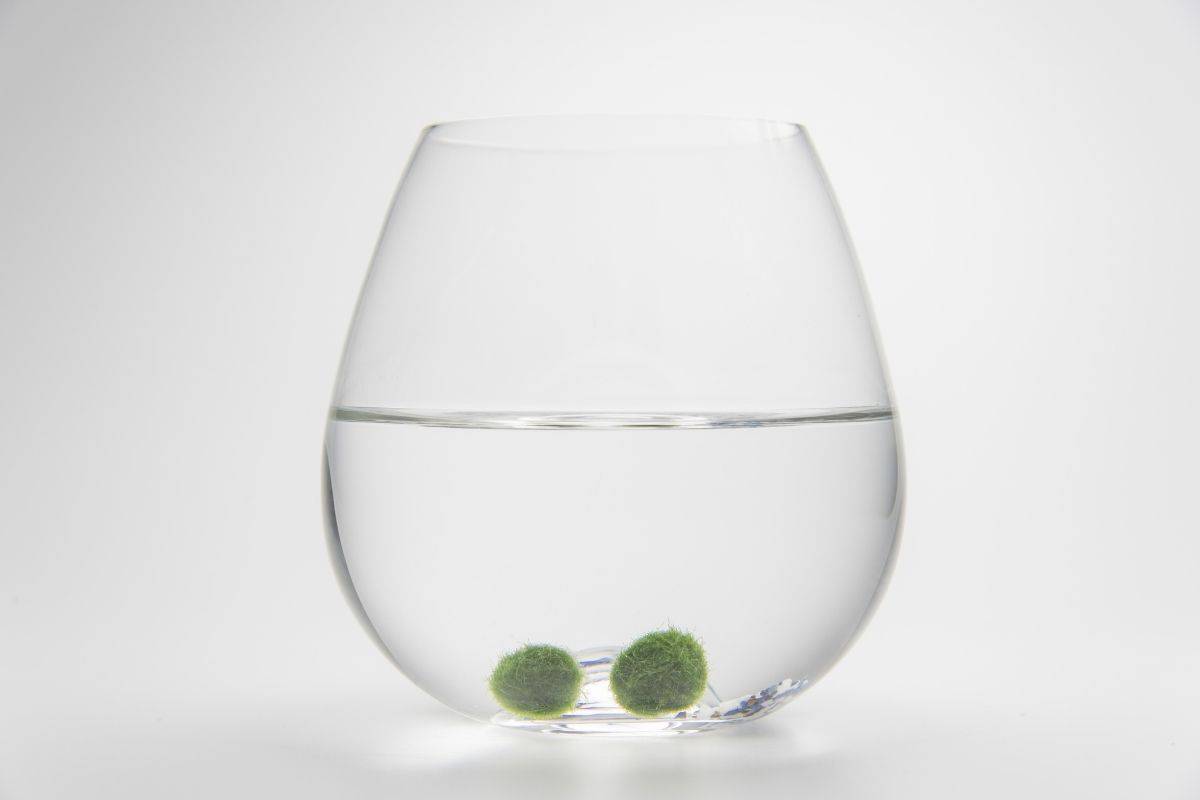
Do Moss Balls Need Light? The Ultimate Question!
Read more
5 Simple Tips To Remove Moss From Block Paving
Read more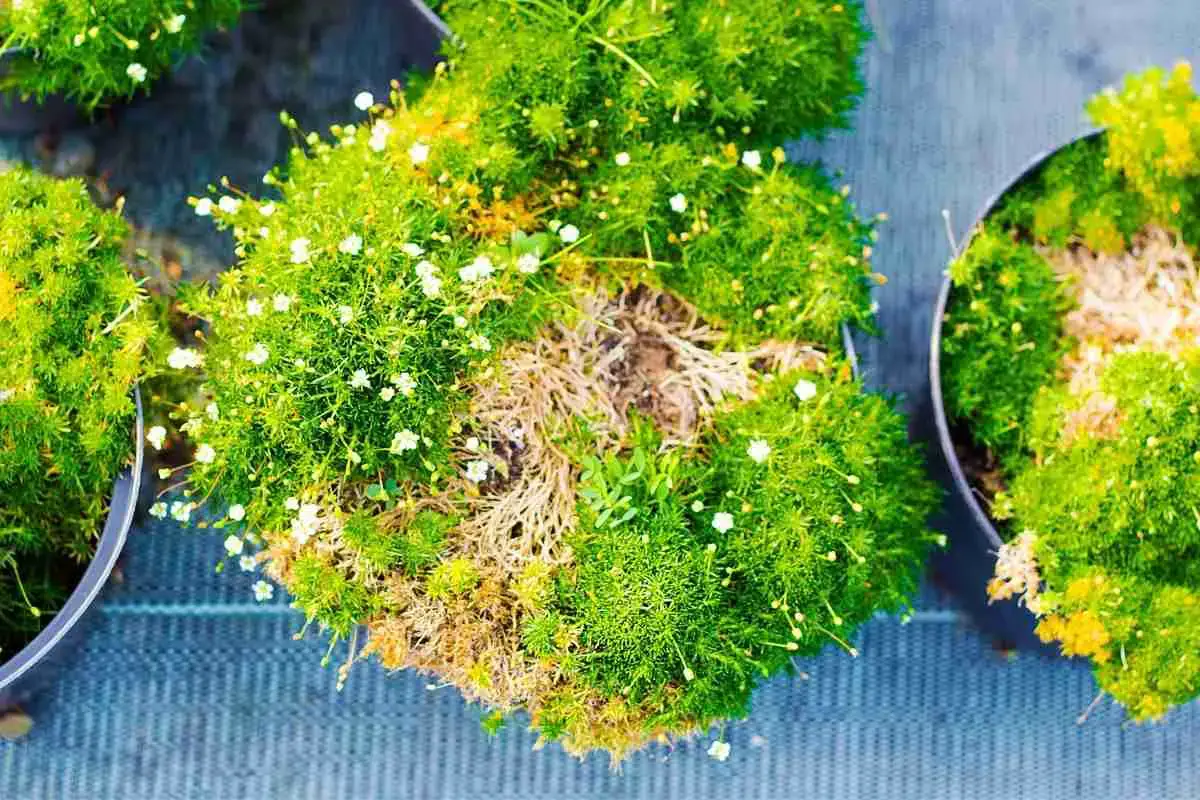
Scotch Moss or Irish Moss: Unveiling the Key Differences You Need to Know!
Read more
Does Sphagnum Moss Mold? Causes & Prevention
Read more
Best Homemade method to Kill moss on tarmac driveway
Read more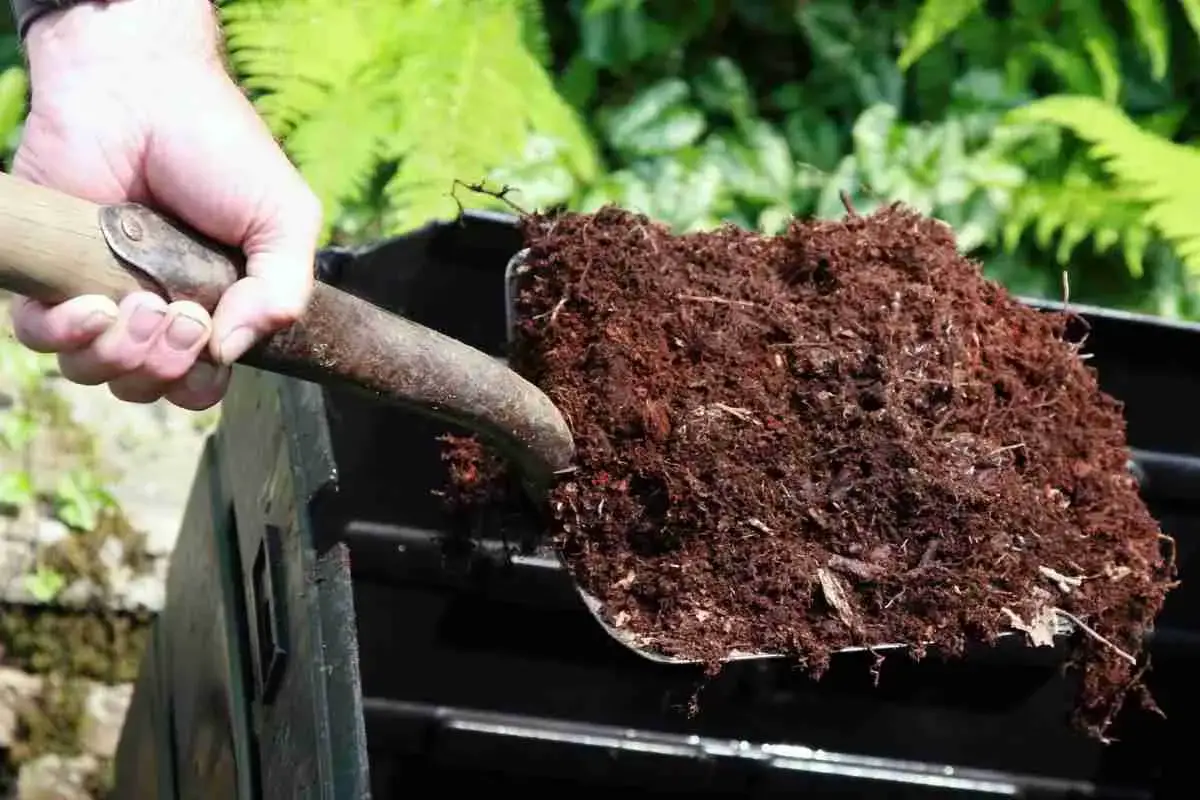
Can Moss Be Composted? Composting Moss
Read more
6 Types Of Moss For Bonsai: Bonsai Moss
Read more